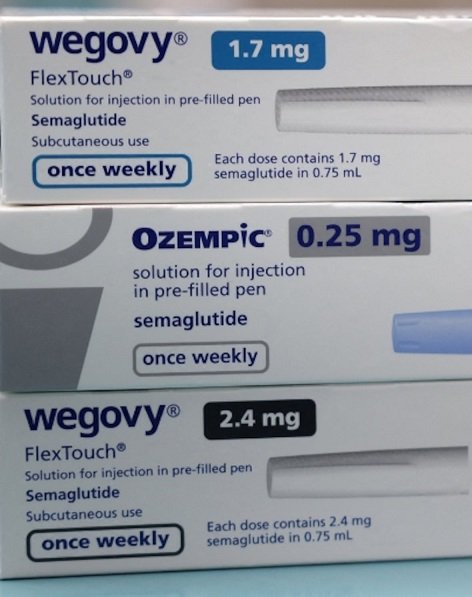Tattoo removal has become increasingly popular as more individuals seek to erase unwanted tattoos or modify existing ink. The process involves breaking down tattoo pigments that are embedded in the skin, which are then naturally eliminated by the body’s immune system. When considering Tattoo Removal Abu Dhabi, many potential clients are curious about the level of discomfort involved in the procedure. Understanding the pain aspect is essential to making an informed decision and preparing adequately for the treatment.
Understanding the Tattoo Removal Process
The Basics of Tattoo Removal
Tattoo removal typically employs laser technology to target and fragment the ink particles. The laser emits high-intensity light beams that penetrate the skin, breaking down the pigment into smaller particles. These smaller particles are then gradually removed by the body’s lymphatic system. The procedure’s effectiveness depends on factors such as tattoo size, ink colors, and depth of ink placement. It’s a precise process designed to minimize damage to surrounding tissues while effectively removing the tattoo.
Types of Laser Technologies Used
Different laser systems are used for tattoo removal, each suited for specific ink colors and skin types. Q-switched lasers are among the most common, offering high energy pulses that shatter ink particles efficiently. Newer laser technologies, such as picosecond lasers, deliver ultra-short pulses for faster removal and potentially less discomfort. Selecting the appropriate laser technology plays a significant role in the patient’s comfort levels during treatment.
How Painful Is Tattoo Removal Abu Dhabi Treatment?
The Sensation During the Procedure
Many individuals describe the sensation during tattoo removal as similar to the snapping of a rubber band against the skin. The level of discomfort varies depending on several factors, including tattoo size, location, ink colors, and individual pain tolerance. Areas with thinner skin or closer to bone tend to be more sensitive. While some patients experience only mild discomfort, others may find the sensation more intense. The experience can also be influenced by the use of cooling devices or topical anesthetics, which help reduce pain during the process.
Managing Discomfort
To ensure a more comfortable experience, practitioners often employ various pain management techniques. These may include the application of numbing creams or gels before the procedure, which numb the skin temporarily. Additionally, cooling devices or fans are used during the session to lower skin temperature and minimize pain. The duration of each session also affects discomfort levels; shorter sessions typically cause less pain. Open communication with the practitioner about pain levels can help tailor the treatment approach for maximum comfort.
Factors Influencing Pain Levels
Tattoo Characteristics
The complexity and characteristics of the tattoo significantly impact pain perception. Larger tattoos require more extensive sessions, which can lead to increased discomfort. Tattoos with dense black ink tend to be easier to remove and may cause less pain compared to colorful tattoos that contain inks resistant to laser treatment. The depth of ink placement also influences pain; deeper ink may require more aggressive laser settings, potentially increasing discomfort.
Skin Location and Sensitivity
Certain areas of the body are more sensitive to pain than others. Bony prominences such as the ribs, ankles, and elbows tend to be more painful due to less cushioning and proximity to nerves. Conversely, fleshier areas like the thighs or upper arms may offer a somewhat more tolerable experience. Understanding these differences can help in planning the treatment schedule and pain management strategies.
Individual Pain Threshold
Every person’s pain tolerance varies, which affects their perception of discomfort during tattoo removal. Some individuals may find the procedure relatively painless, while others might experience moderate to severe discomfort. Factors such as anxiety, skin sensitivity, and previous experiences with pain influence individual responses. Practitioners often tailor their approach based on these personal factors to optimize comfort.
Strategies to Minimize Pain During Treatment
Topical Anesthetics and Cooling Devices
Applying topical anesthetic creams before the procedure can significantly reduce discomfort. These creams numb the skin temporarily, making the session more tolerable. Cooling devices like cryo-cuffs or air-cooled handpieces are also used during laser sessions to soothe the skin and diminish pain sensations. Combining these methods often results in a more comfortable experience for the patient.
Treatment Pace and Session Planning
Spacing out sessions allows the skin to recover and reduces cumulative discomfort. Shorter, more frequent sessions are generally better tolerated than longer, infrequent treatments. Communication with the practitioner about pain levels can help in adjusting treatment parameters or employing additional pain relief measures as needed.
Post-Treatment Care for Comfort
Post-treatment care plays a vital role in managing residual discomfort. Applying soothing ointments, keeping the skin moisturized, and avoiding irritating activities can help reduce lingering pain and promote healing. Following aftercare instructions diligently enhances the overall experience and results of the tattoo removal process.
Conclusion
While Tattoo Removal in Abu Dhabi involves some level of discomfort, advances in laser technology and pain management techniques have made the procedure more tolerable than ever before. Understanding what to expect, employing appropriate pain mitigation strategies, and communicating with your practitioner can help ensure a smoother, less painful experience. If you’re considering tattoo removal, being well-informed about the potential sensations involved will empower you to approach the process confidently and comfortably.
FAQs
How painful is tattoo removal compared to getting a tattoo?
Tattoo removal typically causes less pain than the initial tattooing process, which involves a needle puncturing the skin multiple times. The sensation during removal is often described as a snapping or burning feeling, but with effective pain management, it can be made quite tolerable.
Are there any numbing options available for tattoo removal?
Yes, practitioners often use topical anesthetic creams or gels applied before the procedure to numb the skin temporarily. Cooling devices and sometimes local anesthesia can also be used to reduce discomfort during treatment.
Does the pain level decrease after multiple sessions?
Generally, pain may diminish over successive sessions as the tattoo pigment becomes lighter and the skin adapts to the treatment. However, individual experiences vary, and some may find certain sessions more uncomfortable depending on the tattoo’s characteristics.
Can I undergo tattoo removal if I have low pain tolerance?
Absolutely. Many clinics customize pain management strategies, including the use of anesthetics and cooling techniques, to accommodate individuals with low pain tolerance. Consulting with your practitioner beforehand can help tailor the treatment for maximum comfort.
















Leave a Reply